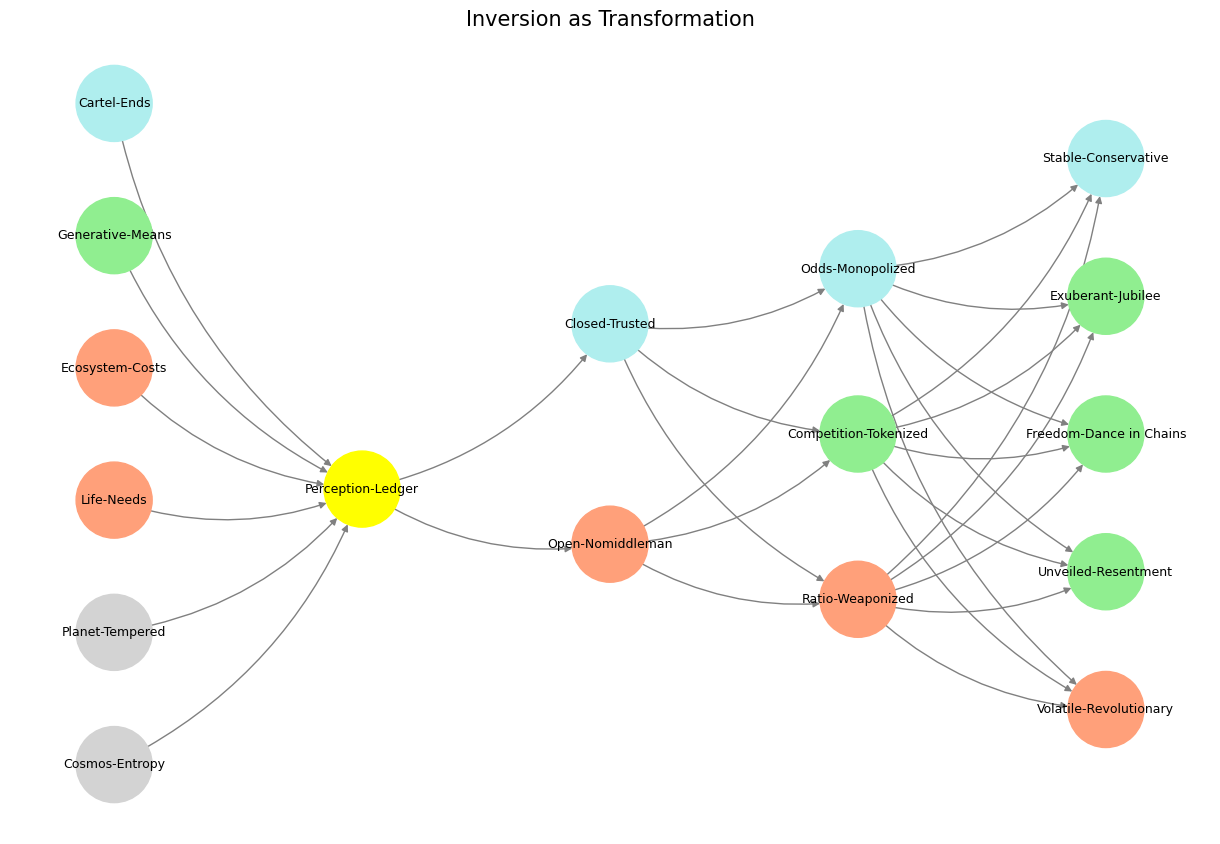Attribute#
“Sound and fury, signifying nothing.” Shakespeare’s devastating line from Macbeth cuts through the noise of human ambition, history, and existence. Spoken by Macbeth after the death of Lady Macbeth, it is less a cry of despair than an indictment of the very fabric of meaning we so desperately try to weave into our lives. What is life, and by extension history, but a tale “told by an idiot,” full of noise and passion, yet ultimately leading nowhere? In this line, Shakespeare offers a bleak and relentless nihilism, one that forces us to confront whether all our stories, achievements, and symbols—history itself—are as ephemeral as the “poor player” strutting on the stage.
This sentiment mirrors the claim that history, reduced to text and shaped by constrained mortal perspectives, ultimately “signifies nothing.” We compose our narratives with grandeur, fueled by our binaries of good and evil, progress and decline, hero and villain. Yet, viewed from the broadest lens, these tales collapse under their own weight. They are fragments, incomplete and contradictory, driven by human agendas and trapped by the biases of their time. They echo with fury, yet in the cosmic scale, they dissipate like smoke.

Fig. 32 I got my hands on every recording by Hendrix, Joni Mitchell, CSN, etc (foundations). Thou shalt inherit the kingdom (yellow node). And so why would Bankman-Fried’s FTX go about rescuing other artists failing to keep up with the Hendrixes? Why worry about the fate of the music industry if some unknown joe somewhere in their parents basement may encounter an unknown-unknown that blows them out? Indeed, why did he take on such responsibility? - Great question by interviewer. The tonal inflections and overuse of ecosystem (a node in our layer 1) as well as clichêd variant of one of our output layers nodes (unknown) tells us something: our neural network digests everything and is coherenet. It’s based on our neural anatomy!#
Macbeth’s nihilistic reflection can be seen as the output layer of history itself. History begins with a pretext—our inherited frameworks, be they polytheistic multiplicity or monotheistic compression. It develops into a text, binaries of action and decision that drive its narrative forward. It contextualizes itself in the present, shaping transactions and relationships between individuals and societies. But at its conclusion, history often seems to circle back to Shakespeare’s abyss: all its sound and fury amount to nothing more than a new pretext for another cycle of strife, ambition, and story.
And yet, even in this bleakness, there is a paradoxical richness. The “nothing” that history signifies is not an empty void but a fertile space for iteration. It forces us to confront the limitations of our frameworks, our texts, and our binaries. It drives us to seek meaning not in the finality of its outputs but in the dynamism of its processes. Macbeth’s nihilism is only one layer of the fractal; within it lies the freedom to dance in chains, to rebel, to create, to compress, and to emerge anew.
The sound and fury may signify nothing, but it is within this nothingness that history becomes the ultimate playground for meaning-making. Its insignificance is its gift, allowing us to build and rebuild, iterate and imagine, perpetually redefining the text of existence.
Show code cell source
import numpy as np
import matplotlib.pyplot as plt
import networkx as nx
# Define the neural network fractal
def define_layers():
return {
'World': ['Cosmos-Entropy', 'Planet-Tempered', 'Life-Needs', 'Ecosystem-Costs', 'Generative-Means', 'Cartel-Ends', ], # Polytheism, Olympus, Kingdom
'Perception': ['Perception-Ledger'], # God, Judgement Day, Key
'Agency': ['Open-Nomiddleman', 'Closed-Trusted'], # Evil & Good
'Generative': ['Ratio-Weaponized', 'Competition-Tokenized', 'Odds-Monopolized'], # Dynamics, Compromises
'Physical': ['Volatile-Revolutionary', 'Unveiled-Resentment', 'Freedom-Dance in Chains', 'Exuberant-Jubilee', 'Stable-Conservative'] # Values
}
# Assign colors to nodes
def assign_colors():
color_map = {
'yellow': ['Perception-Ledger'],
'paleturquoise': ['Cartel-Ends', 'Closed-Trusted', 'Odds-Monopolized', 'Stable-Conservative'],
'lightgreen': ['Generative-Means', 'Competition-Tokenized', 'Exuberant-Jubilee', 'Freedom-Dance in Chains', 'Unveiled-Resentment'],
'lightsalmon': [
'Life-Needs', 'Ecosystem-Costs', 'Open-Nomiddleman', # Ecosystem = Red Queen = Prometheus = Sacrifice
'Ratio-Weaponized', 'Volatile-Revolutionary'
],
}
return {node: color for color, nodes in color_map.items() for node in nodes}
# Calculate positions for nodes
def calculate_positions(layer, x_offset):
y_positions = np.linspace(-len(layer) / 2, len(layer) / 2, len(layer))
return [(x_offset, y) for y in y_positions]
# Create and visualize the neural network graph
def visualize_nn():
layers = define_layers()
colors = assign_colors()
G = nx.DiGraph()
pos = {}
node_colors = []
# Add nodes and assign positions
for i, (layer_name, nodes) in enumerate(layers.items()):
positions = calculate_positions(nodes, x_offset=i * 2)
for node, position in zip(nodes, positions):
G.add_node(node, layer=layer_name)
pos[node] = position
node_colors.append(colors.get(node, 'lightgray')) # Default color fallback
# Add edges (automated for consecutive layers)
layer_names = list(layers.keys())
for i in range(len(layer_names) - 1):
source_layer, target_layer = layer_names[i], layer_names[i + 1]
for source in layers[source_layer]:
for target in layers[target_layer]:
G.add_edge(source, target)
# Draw the graph
plt.figure(figsize=(12, 8))
nx.draw(
G, pos, with_labels=True, node_color=node_colors, edge_color='gray',
node_size=3000, font_size=9, connectionstyle="arc3,rad=0.2"
)
plt.title("Inversion as Transformation", fontsize=15)
plt.show()
# Run the visualization
visualize_nn()


Fig. 33 Glenn Gould and Leonard Bernstein famously disagreed over the tempo and interpretation of Brahms’ First Piano Concerto during a 1962 New York Philharmonic concert, where Bernstein, conducting, publicly distanced himself from Gould’s significantly slower-paced interpretation before the performance began, expressing his disagreement with the unconventional approach while still allowing Gould to perform it as planned; this event is considered one of the most controversial moments in classical music history.#

